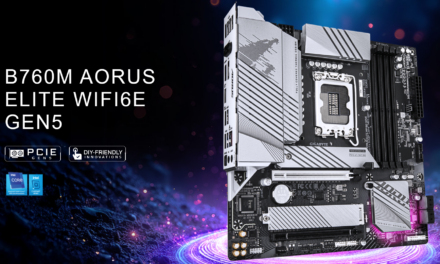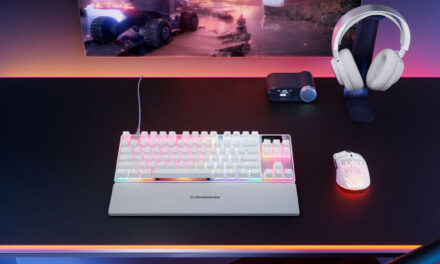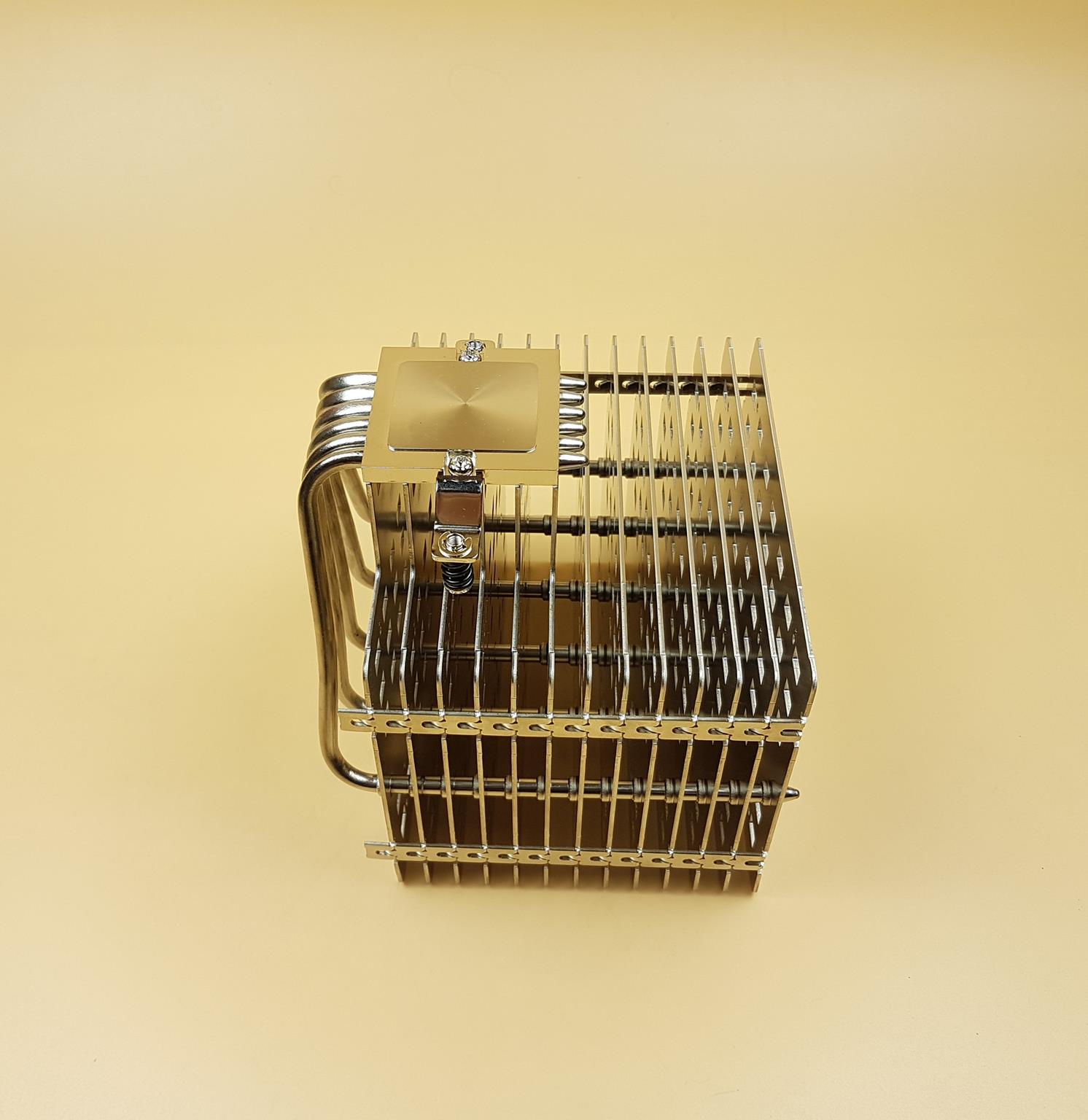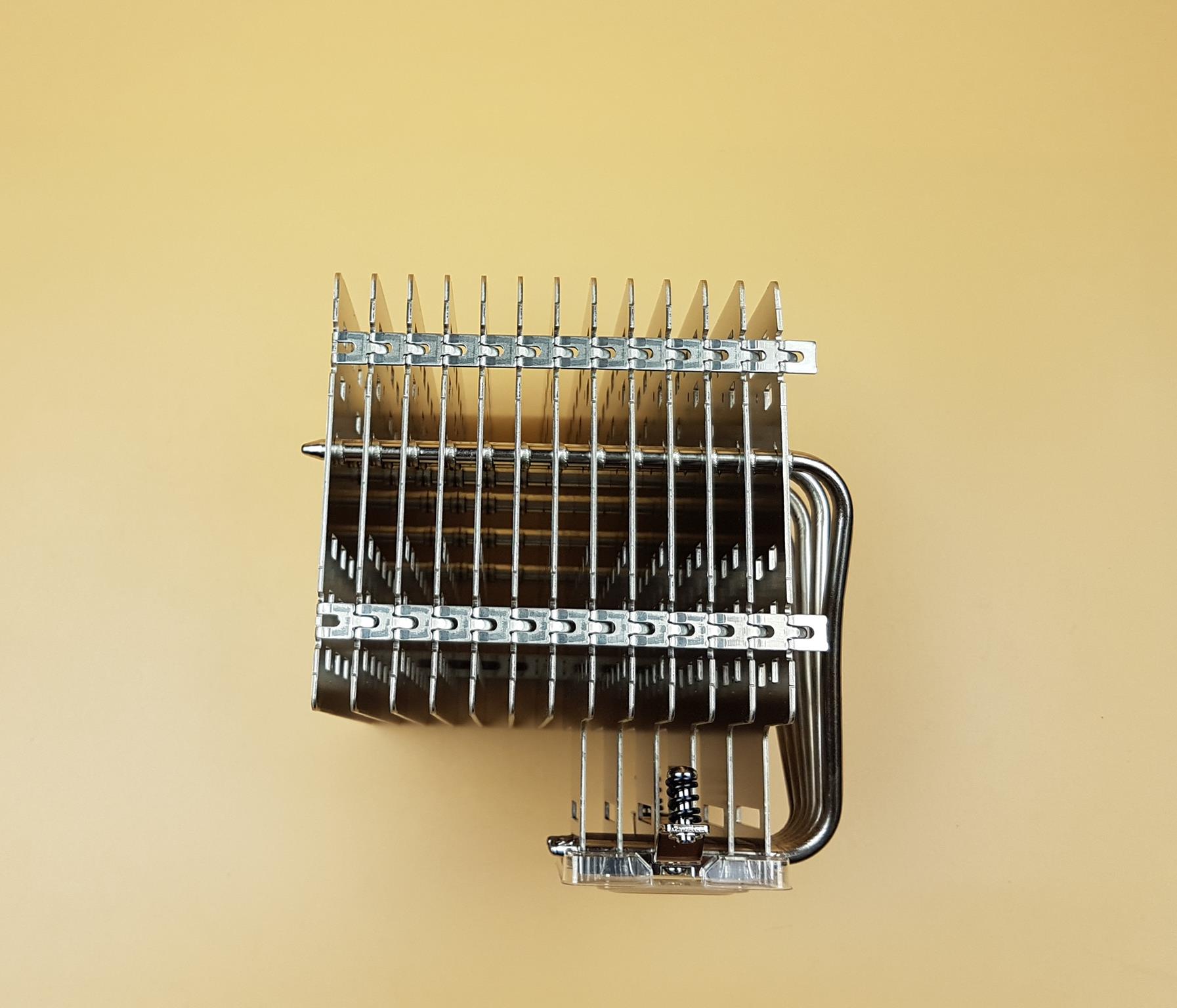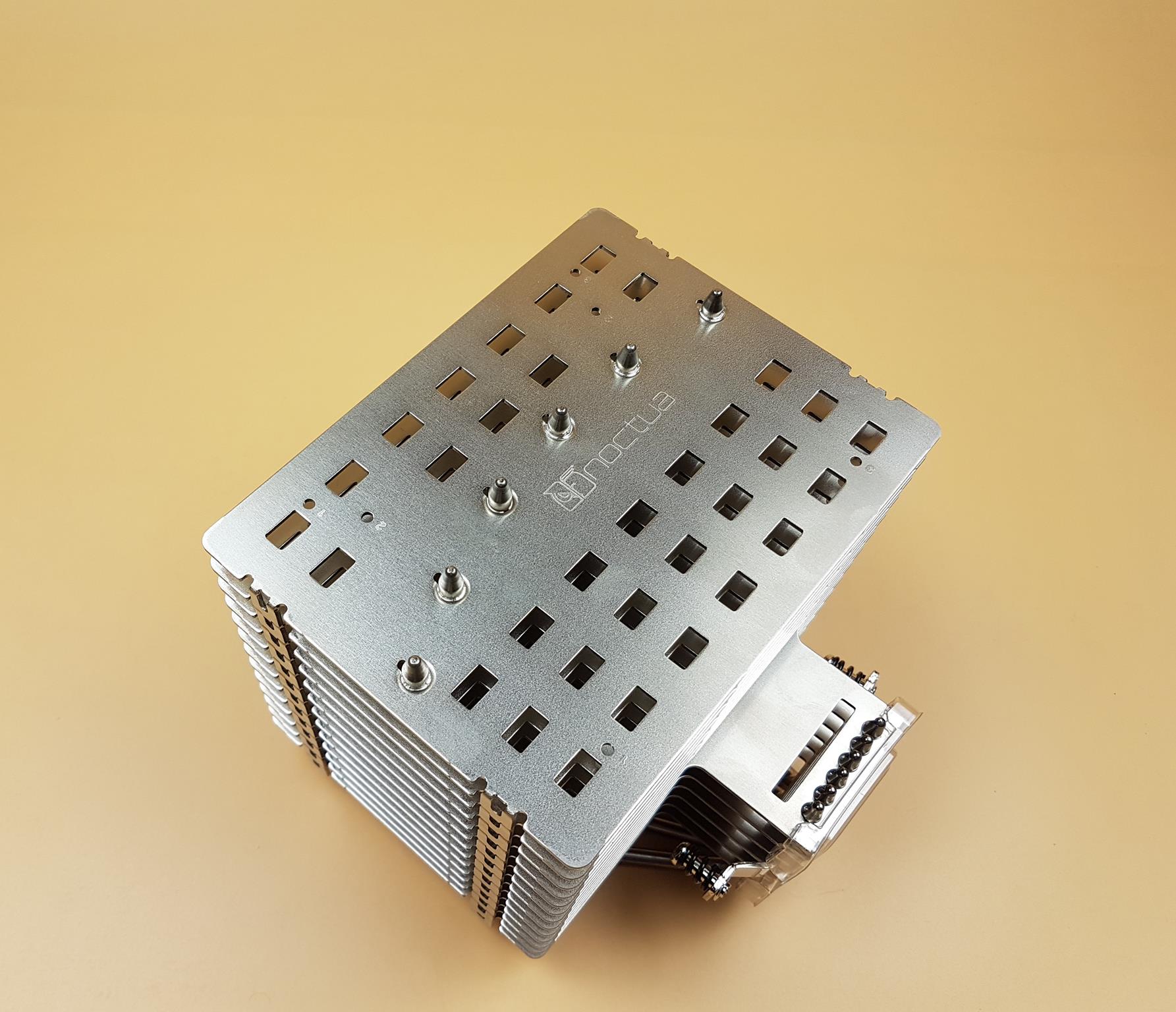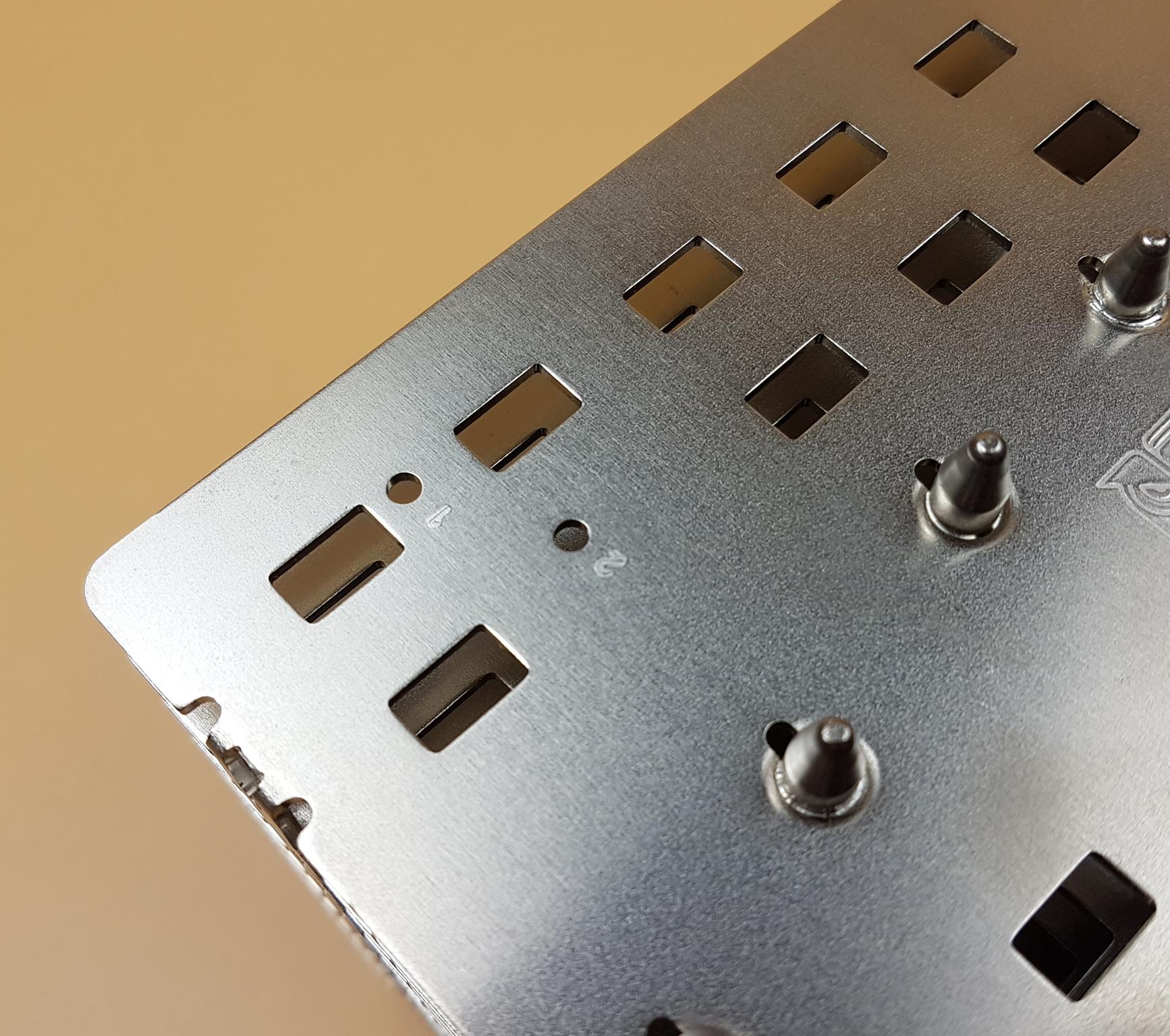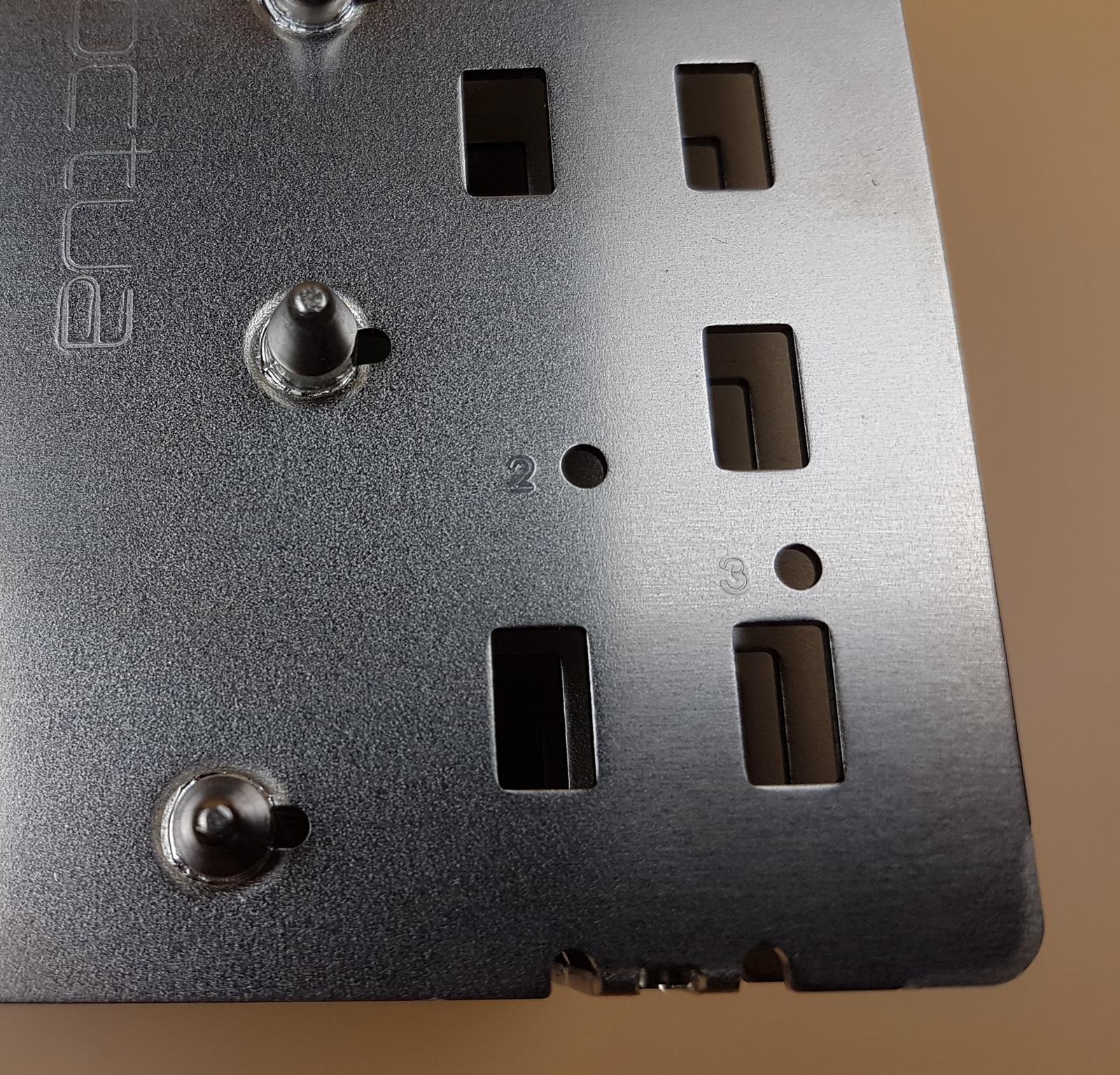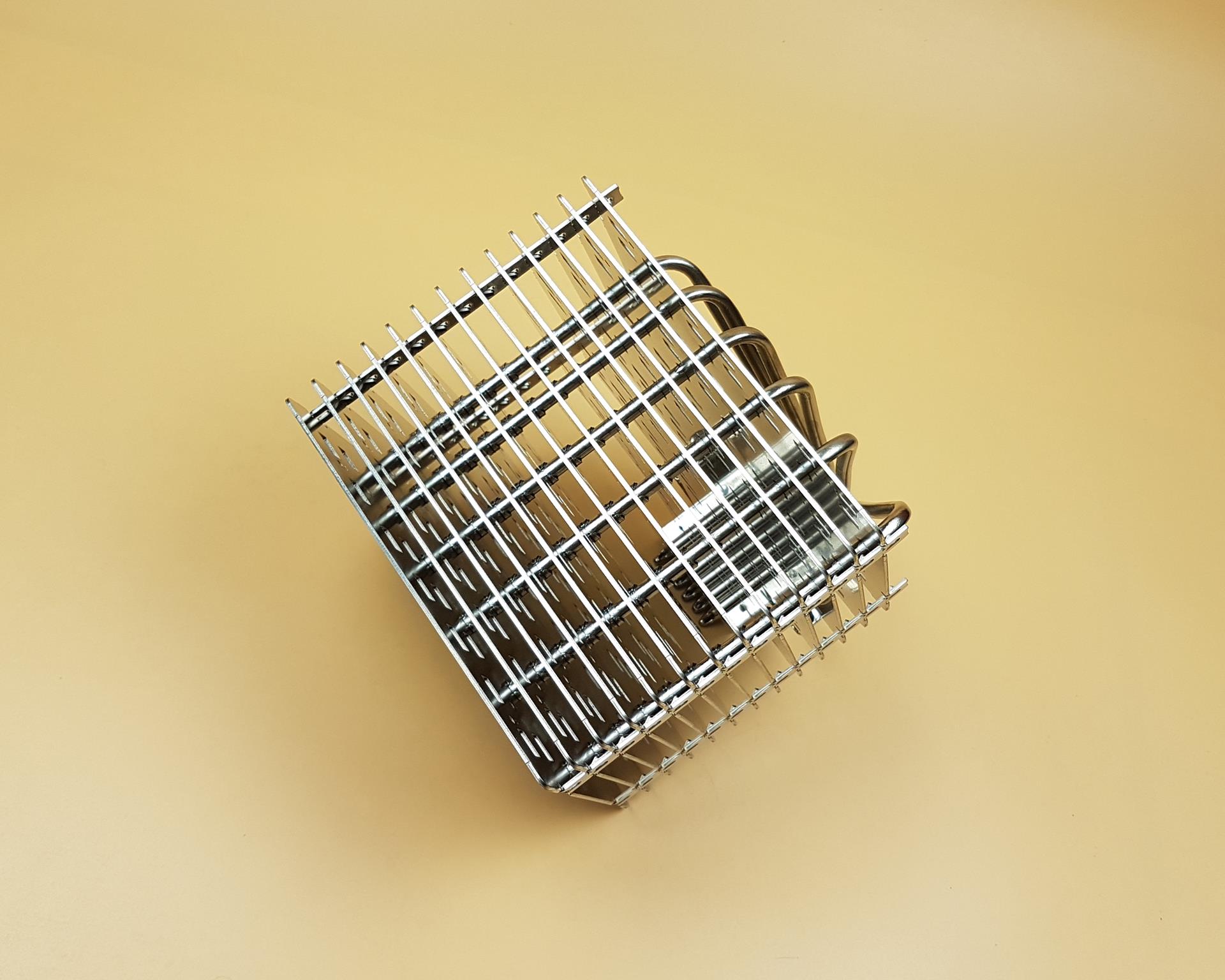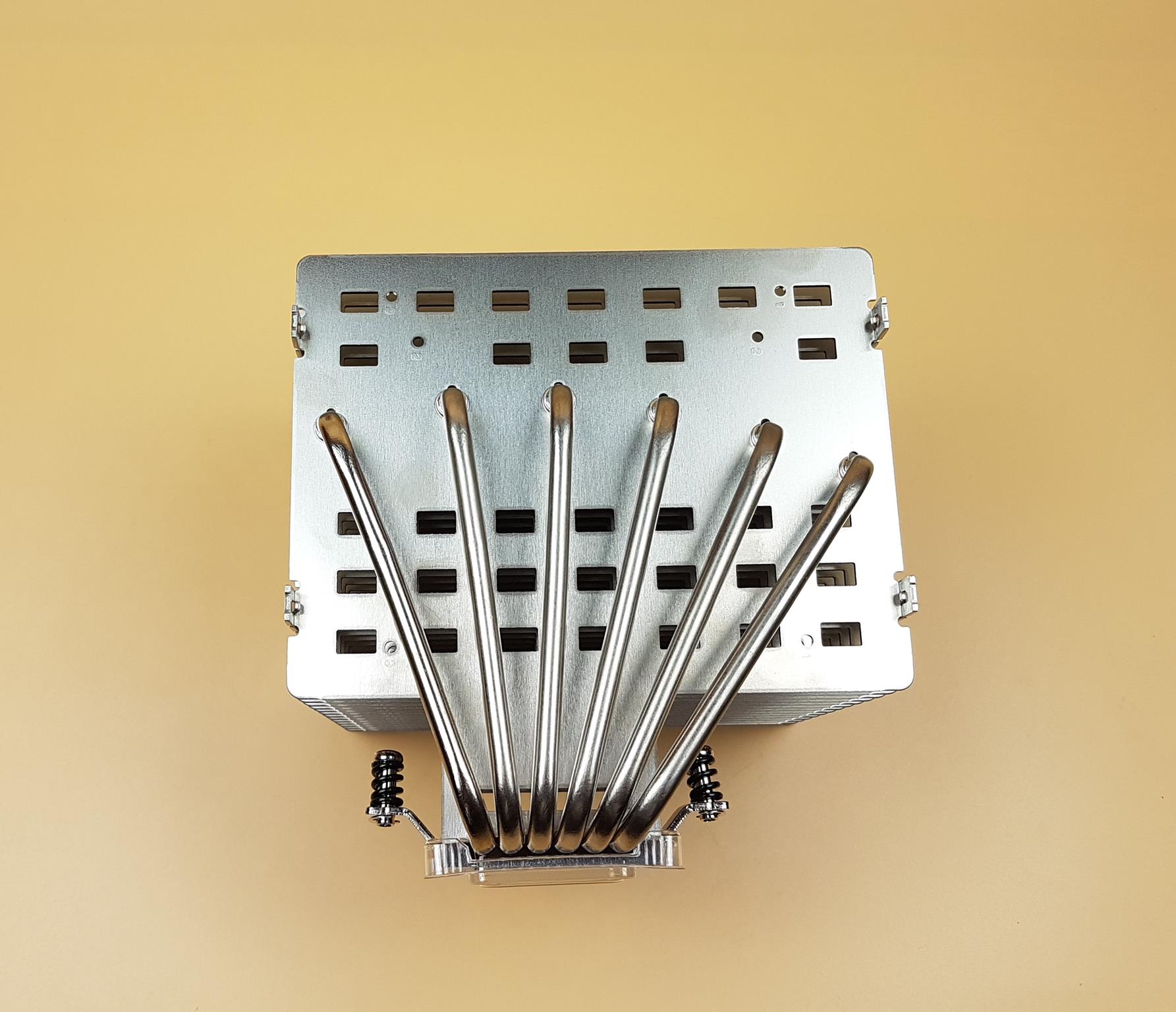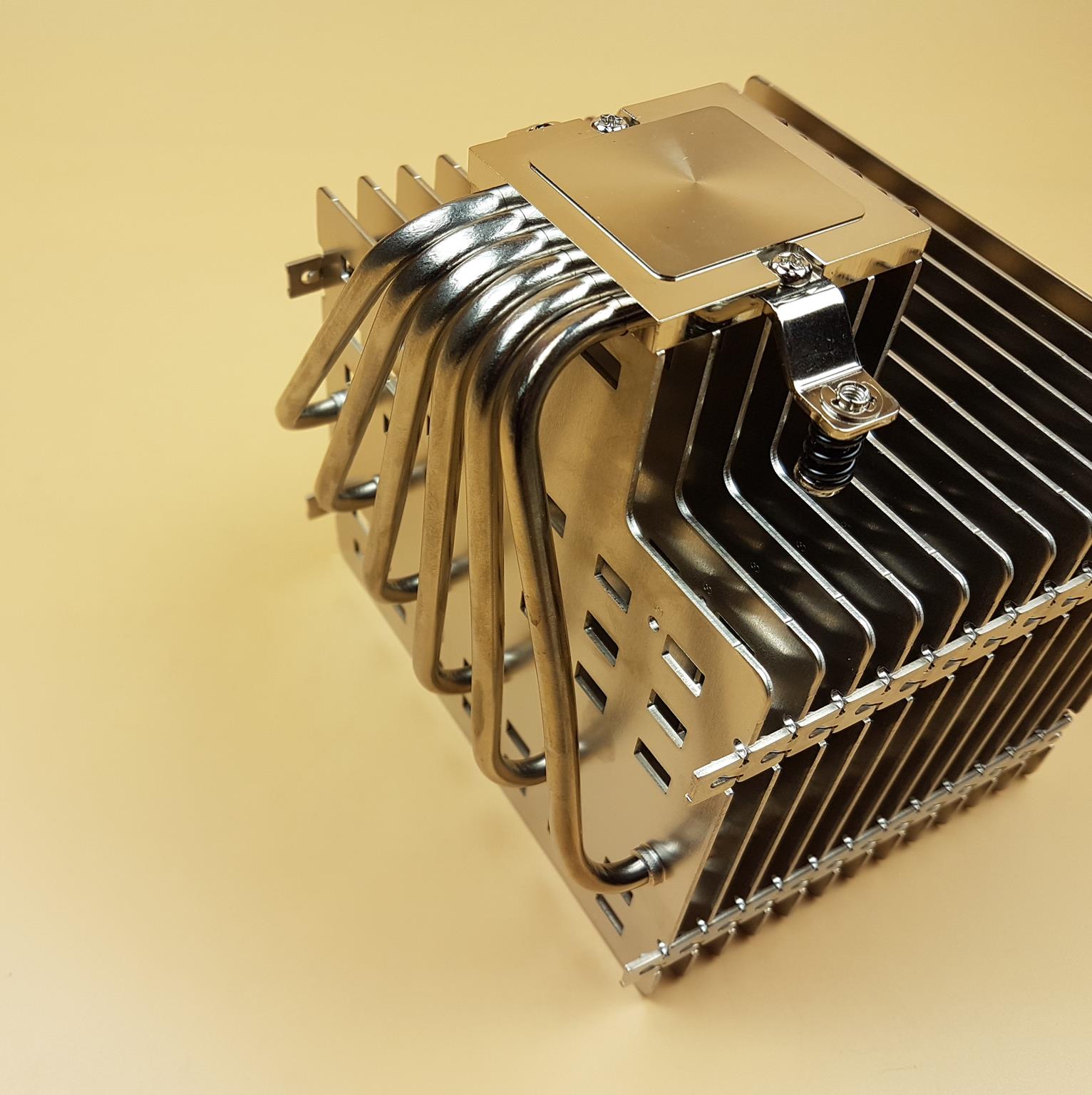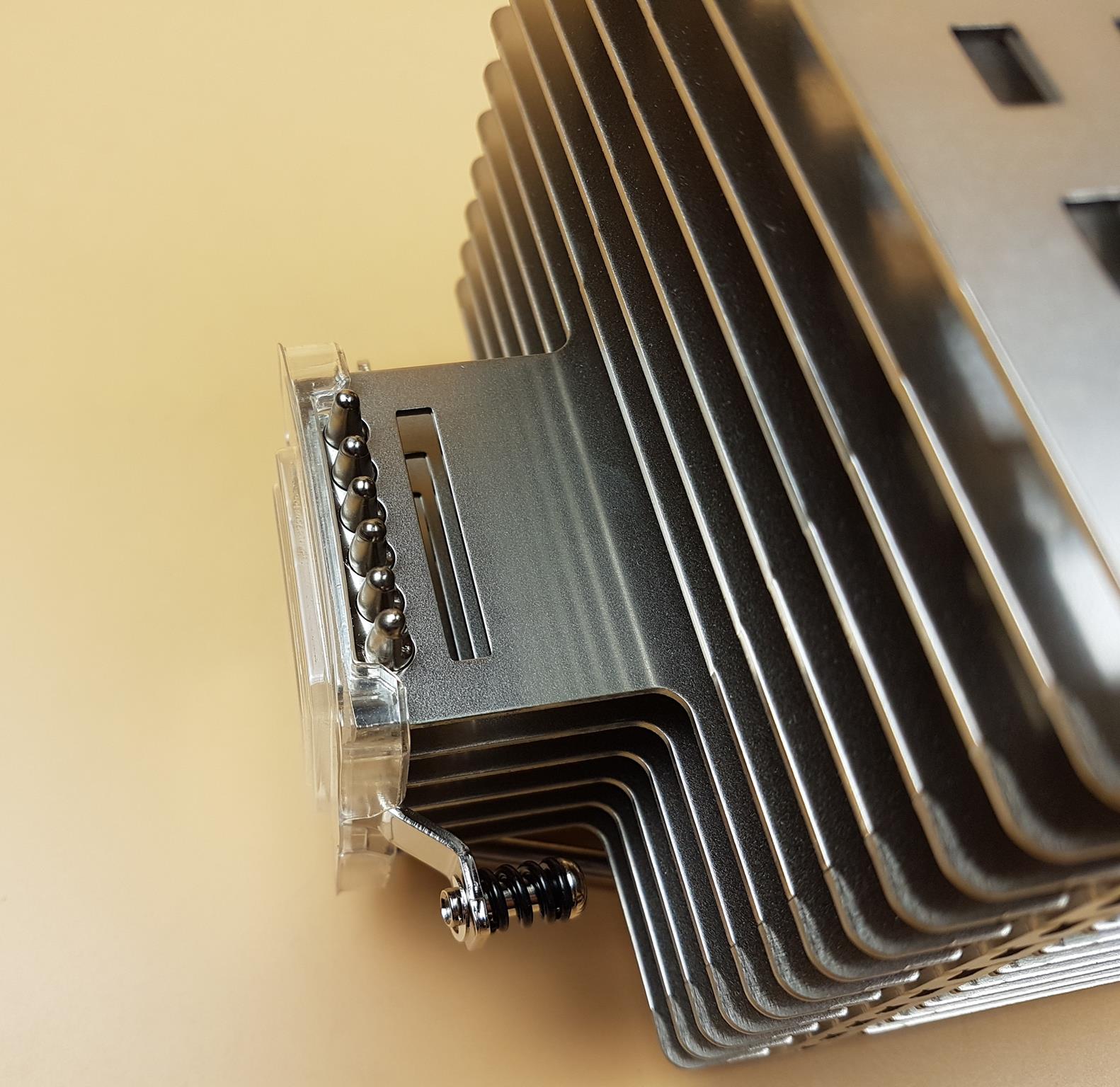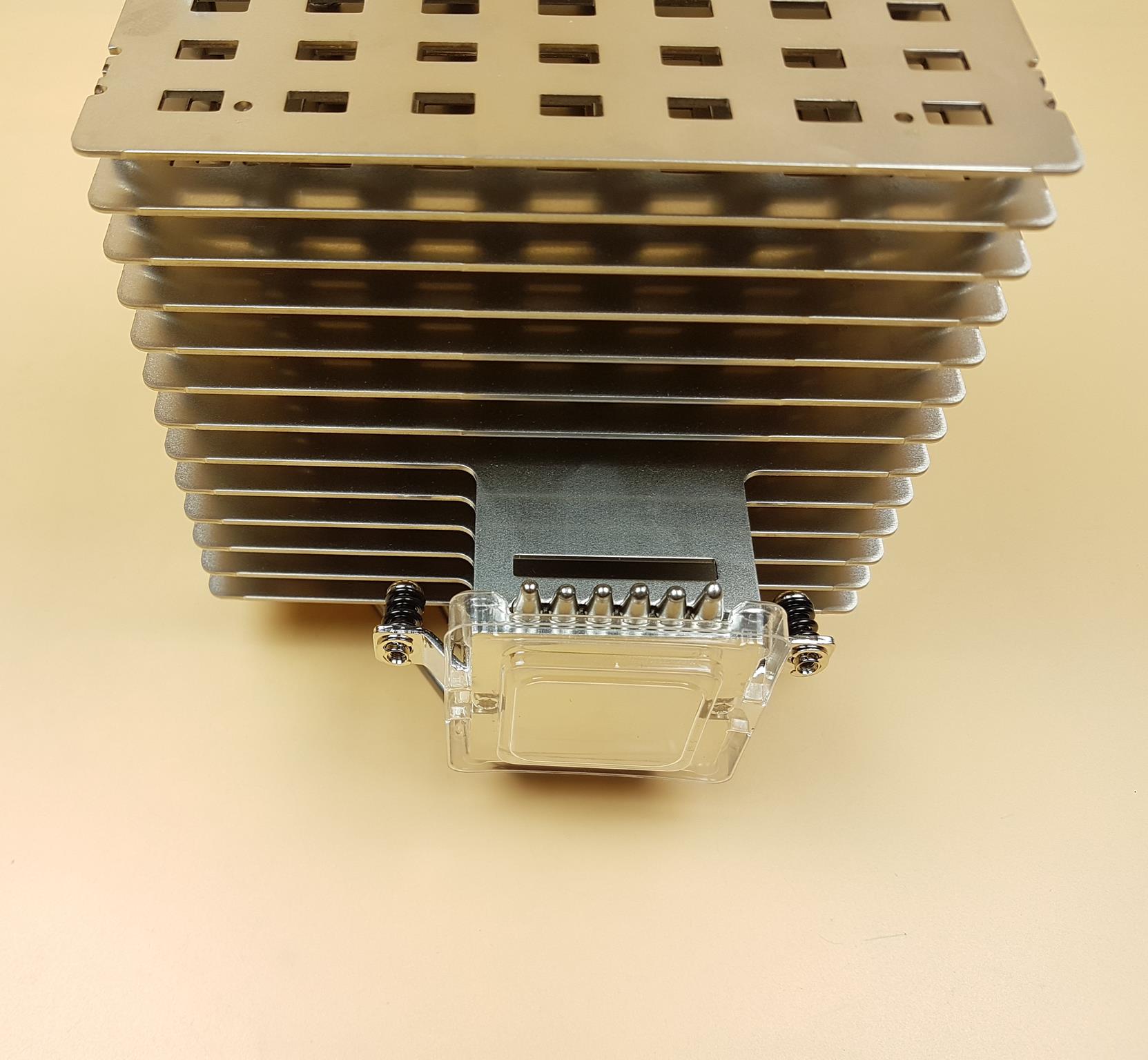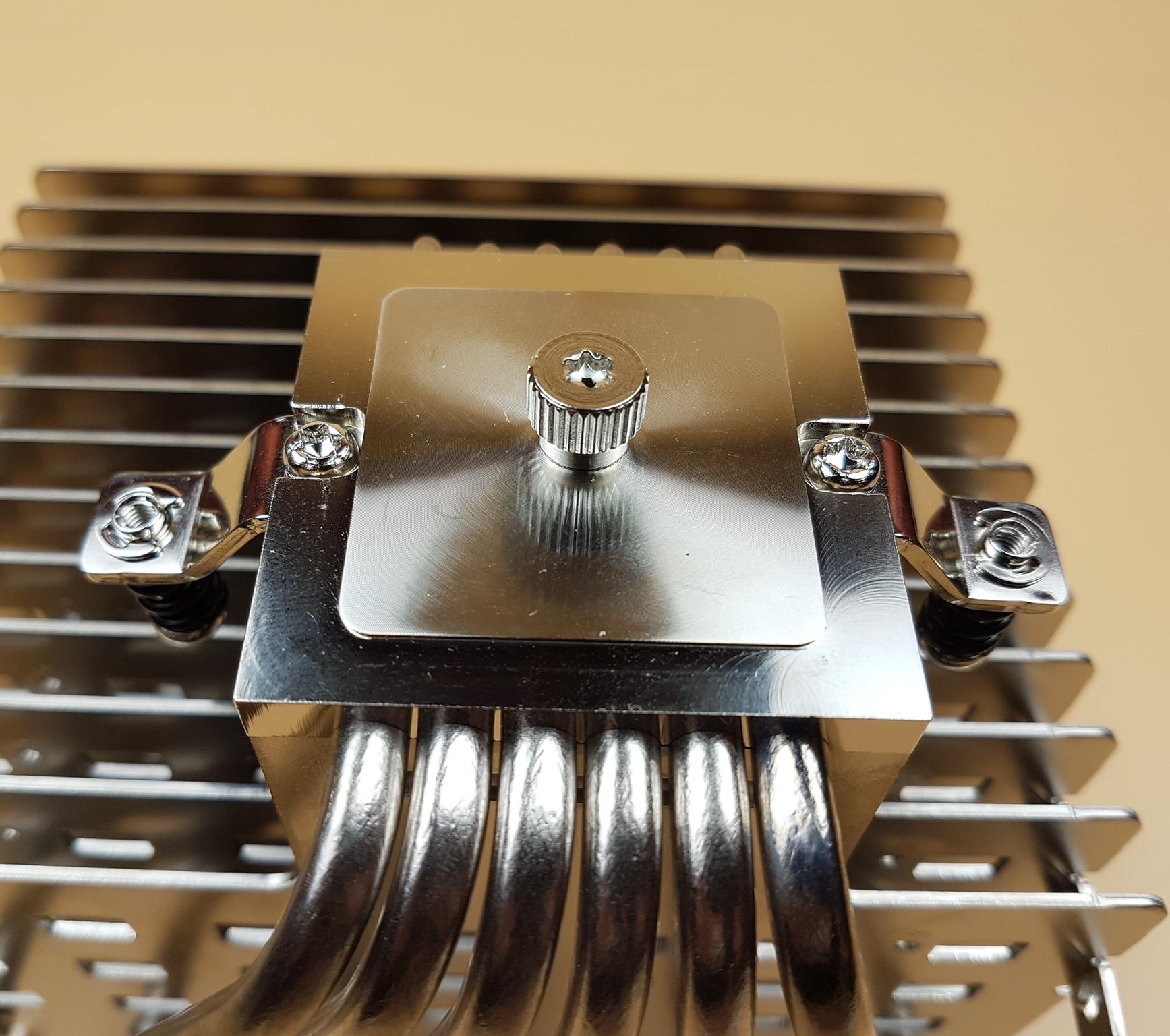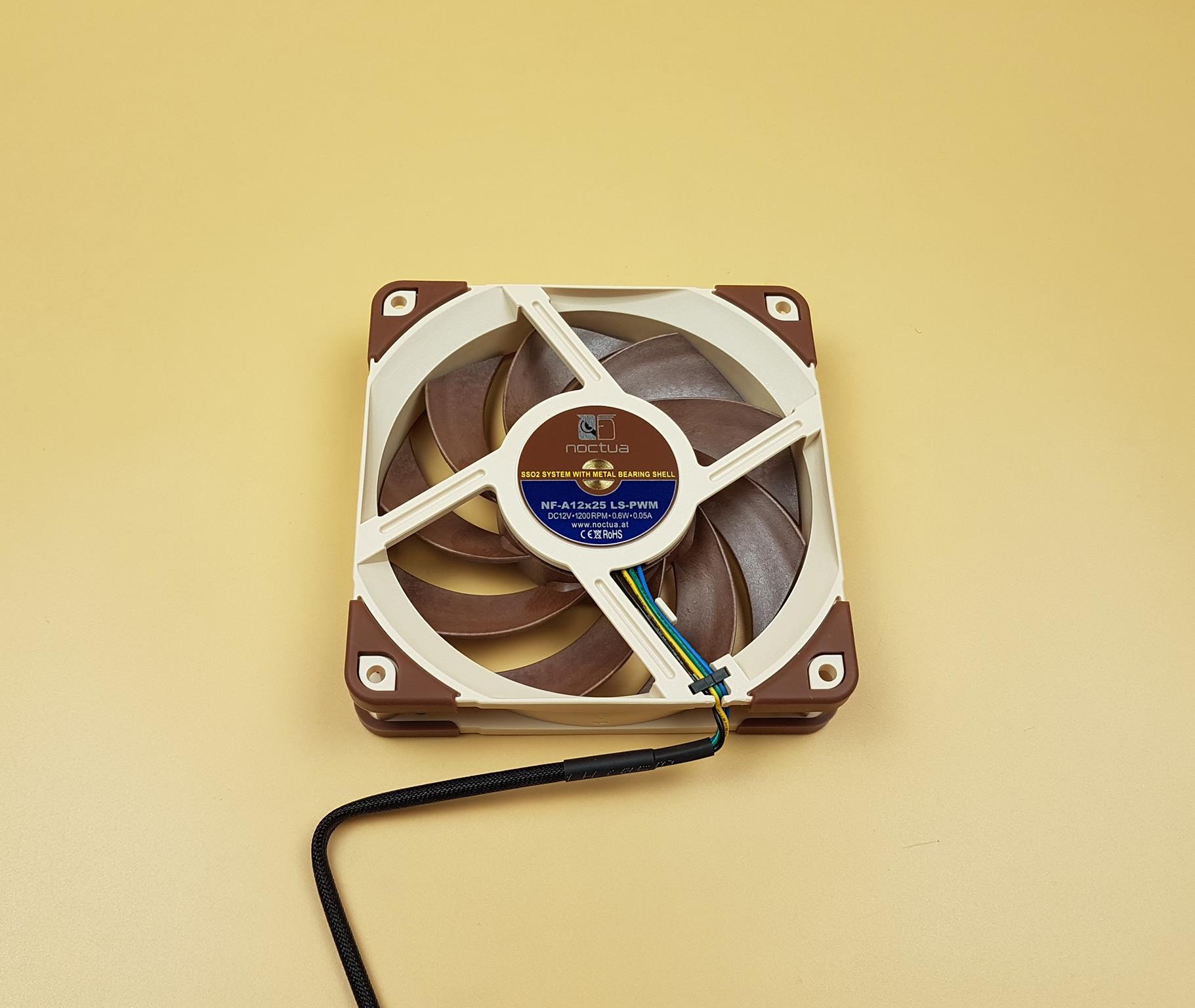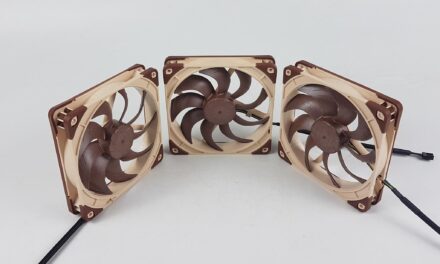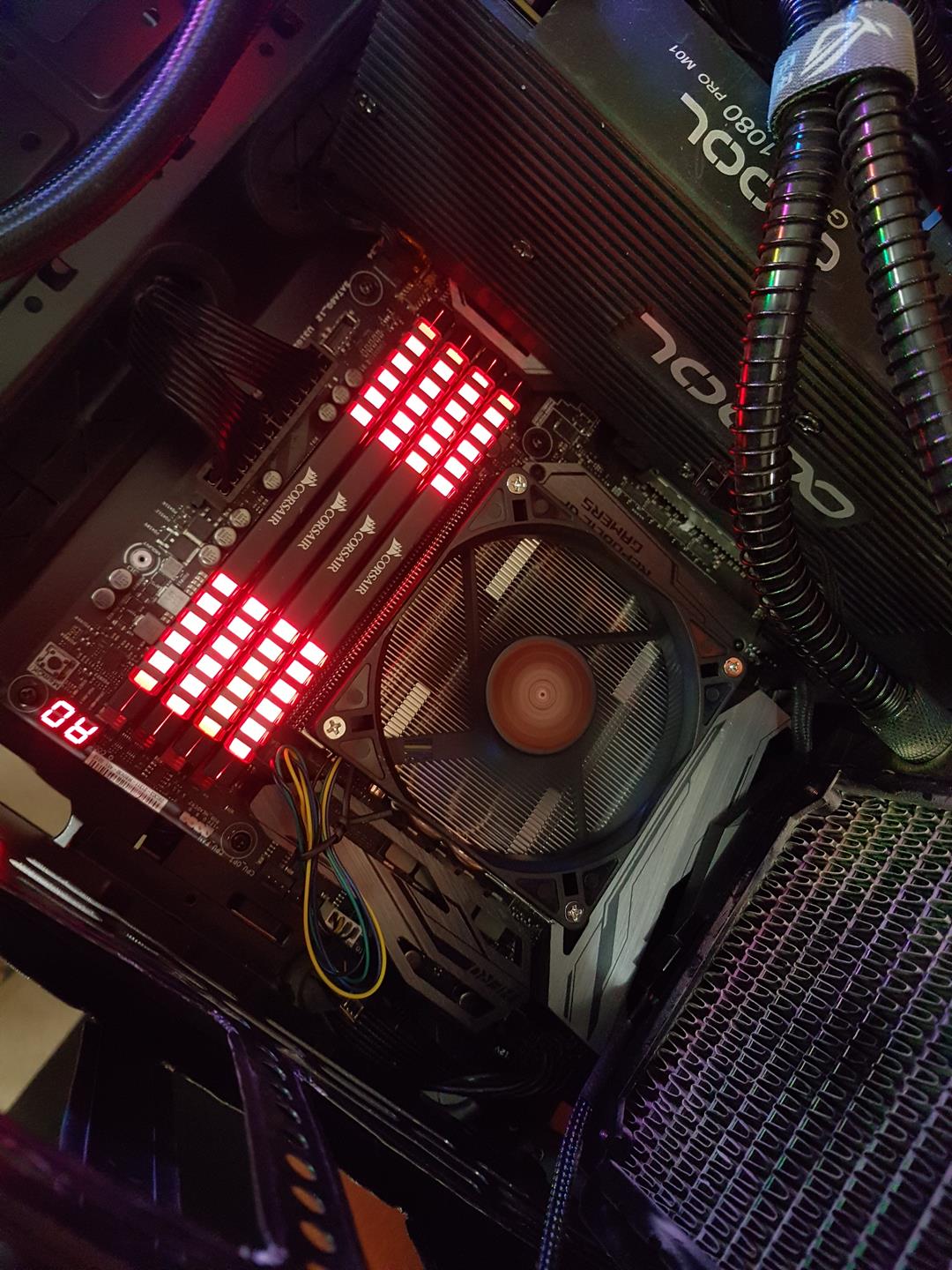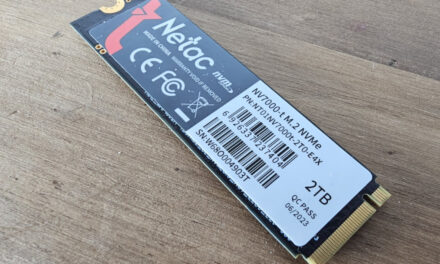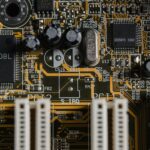
Noctua NH-P1 CPU Passive Cooler Review
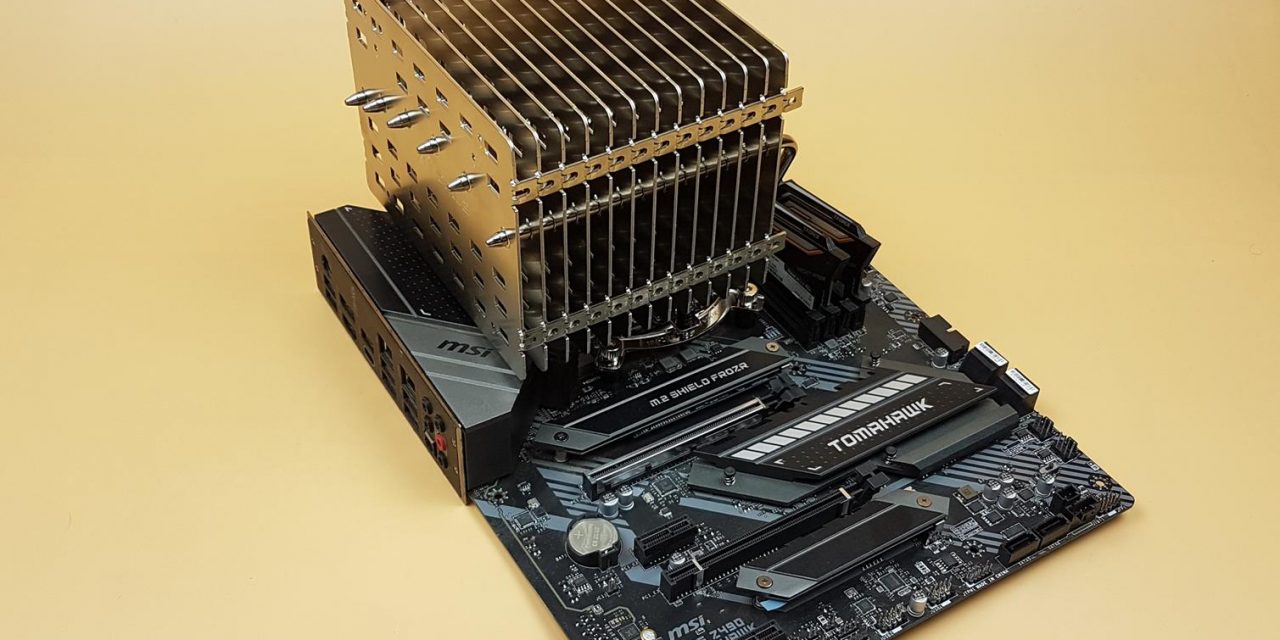
Closer Look
Contents
Let’s start with Noctua’s statement about their cooler. “The NH-P1 is Noctua’s first passive CPU cooler and has been custom-designed for fanless operation from the ground up: in enclosures with good natural convection, its six heatpipes and thick, widely spaced heatsink fins enable it to cool modern high-end CPUs with low to moderate heat dissipation completely passively. For further enhanced performance or semi-passive setups that only spin up their fans when necessary, the NH-P1 can be outfitted with a low-speed, ultra-quiet 120mm fan such as the NF-A12x25 LS-PWM. Topped off with the professional Torx-based SecuFirm2+ mounting system, Noctua’s award-winning NT-H2 thermal compound and a 6-year manufacturer’s warranty, the NH-P1 is the ideal cornerstone for premium-grade fanless or semi-passive builds.”
The dimension of the heatsink is 158x154x152mm (HxWxD). This dimension is obviously without the fan. Please keep in mind that there is no fan provided in the box since it is a passive cooler. The weight of the cooler is 1180g. For comparison the NH-D15S weighs around 1150g with a fan. So, in terms of overall weight pressure on the PCB, we have no significant difference as compared to the traditional high-end tower coolers from Noctua or competition. The cooler is compatible with Intel LGA2066, LGA2011-0 & LGA2011-3 (Square ILM), LGA1156, LGA1155, LGA1151, LGA1150, LGA1200 and AMD AM2, AM2+, AM3, AM3+, FM1, FM2, FM2+ (backplate required), AM4 sockets. The cooler has 6 years warranty from Noctua.
The left and right sides of the heat sink are identical in layout. We have 13 thicker fins with wider gap soldered with the 6x copper heat pipes. The reason for having thicker fins and wider gap is simple. With passive cooling, we would want the natural convection of airflow to have least possible amount of resistance through the heatsink. This is no possible where we have dense fin stack as is the case for the standard air coolers having 38 to 45 or so fins packed together (actual number of fins would vary). In dense fin stack we can have hot spots within the heat sink and we would need a fan to ensure the proper and consistent air flow throughout the heat sink. When it comes to the passive cooling, we would want more or wider space/gap between any two fins so as to avoid any heat build-up causing hot spots and to reduce the resistance to the already limited airflow. This would reduce the number of fins which we can employ so we would want fewer but thicker fins to compensate the lower count. This is infact quite a challenge to produce the thicker fins due to pressing and milling process. The thickness of a fin on Noctua NH-P1 is approximately 1.5mm and the gap between any two fins is approximately 9mm.
Though it may looks like a top of the cooler, it is not. This is only the top or what we should actually say is the terminating fin on the heatsink. This fin has Noctua branding in the center. The top view is giving us the hint on the fins geometry and design. Each fin plate has 33 large size cutouts to effective airflow through the fins. We can spot the terminating tips of the 6x heat pipes over here. They are in a curve line format.
There are mounting holes on the outermost fin plates. Each hole is numbered. The above picture shows the numbering as 1 and 2. The opposite end of the heatsink has same numbering on the respective mounting holes. These holes are provided so that the user can optionally mount the Noctua NF-A12x25 LS PWM fan as per the requirement. The fan is not provided with the cooler.
Here the numbering is 2 and 3. The NF-A12x25 LS PWM fan can be mounted on the sides or on the top. The opposite side on the same fin has two more mounting holes numbered as 1 and 3. Use the mounting holes numbered 2 for the top mounting of the fan and use mounting holes 1 and 3 for the side mount of the fan.
This is the actual top view of the cooler. Look at the wider gap between the fins and nicely soldered assembly. We have a rock solid build quality on the NH-P1.
The above picture shows the opposite side of the heatsink. Here the 6x nickel-coated copper heat pipes are going inside the fin stack. This is like a rear of the cooler. We have identical layout here.
The above picture shows the heat pipes on the rear from a different angle. The heatsink itself is having an L shape. The heat pipes are accumulating at the center and making a contact with the copper base plate though the actual conductivity from the CPU surface is done entirely by the heat pipes as fins seem to be welded to the upper portion of the base.
The fins have protruding design towards the base of the cooler with 6 fins making contact with the base but still in perpendicular layout so as not to obstruct the heat rise between the fins. There is a large size coutout on every fin right above the base of the cooler. We can see the terminating edges of the heat pipes at the base.
The Noctua NH-P1 is following an symmetrical design on the base. This is done to achieve better PCIe compatibility.
The copper base has approximately 37x39mm size. It is nickel coated and almost a mirror finished. There is no warning sticker pasted on the base out of the box. There is a transparent cover that is used to protect the base while shipping.
The mounting plate is already installed on the base of the cooler. It is installed using 2 screws that are visible on the base side. The plate can be removed by taking out the screws. The plate has two spring loaded screws on both ends.
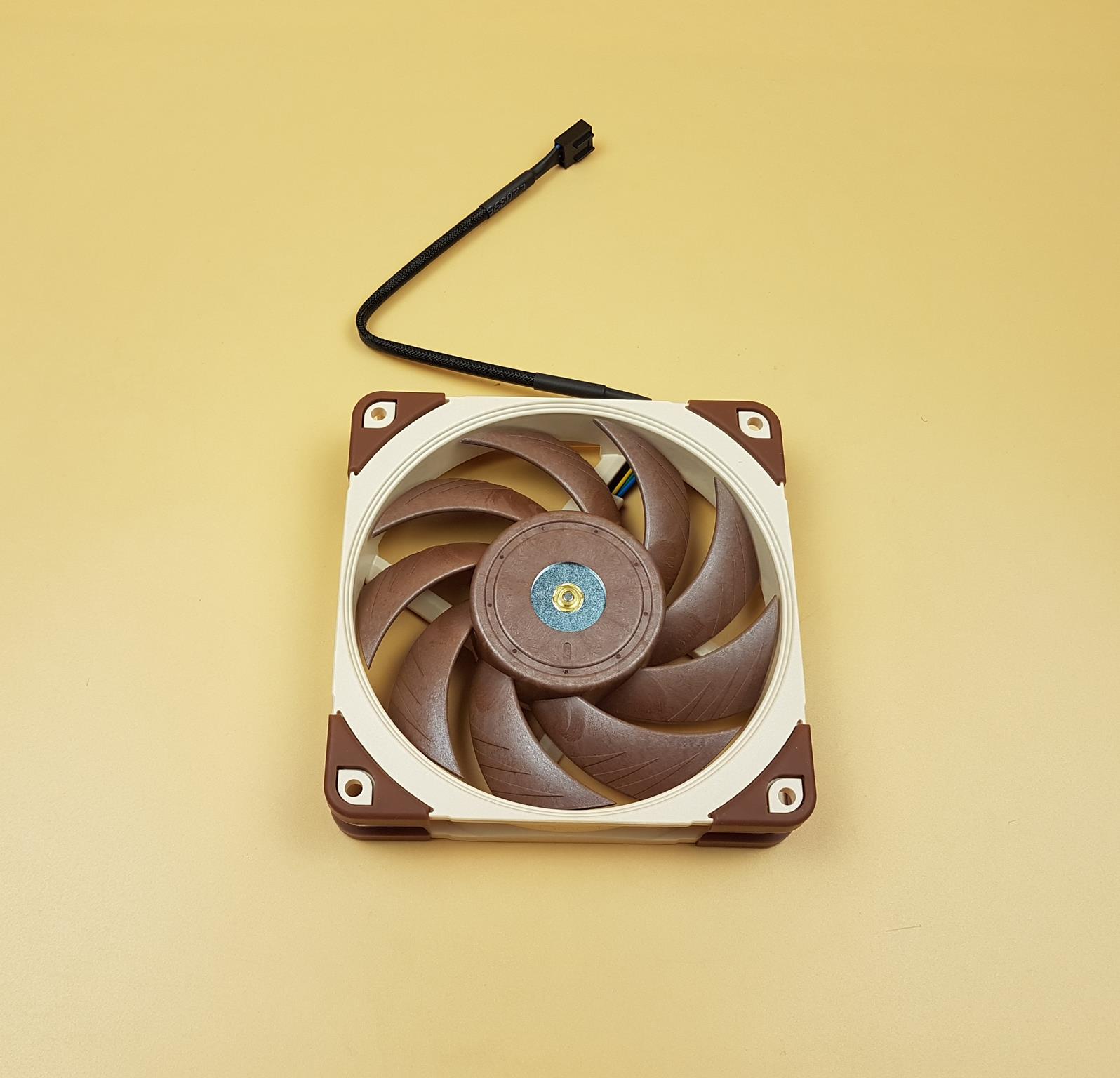
Optionally, the user can buy Noctua NF-A12x25 LS PWM fan to be used with NH-P1. We have already done a review of NF-A12x25 series fans. Same can be found here. Hence we are not going into more details about the fan design.
Here are the specifications of the fan:
| Dimension (mm) | 120x120x25 |
| Speed (RPM) | 450 ± 20% ~ 1200 ± 10% |
| Airflow (m³/h) | 55.7 |
| Noise [dB(A)] | 12.1 |
| Speed with LNA (RPM) | 900 ± 10% |
| Airflow with LNA (m³/h) | 39.4 |
| Noise with LNA [dB(A)] | 7.6 |
| Static Pressure (mmH₂O) | 0.82 |
| Static Pressure with LNA (mmH₂O) | 0.41 |
| Voltage (V) | 12 |
| Voltage PWM Signal (V) | 5 |
| Maximum Input Current (A) | 0.05 |
| Maximum Input Power (W) | 0.6 |
| MTTF | > 150,000 hrs |
We can see that Noctua is focused on providing low noise operation on this fan which is understandable as they would want to have almost silent operations not to compromise the very theme of passive cooling.










